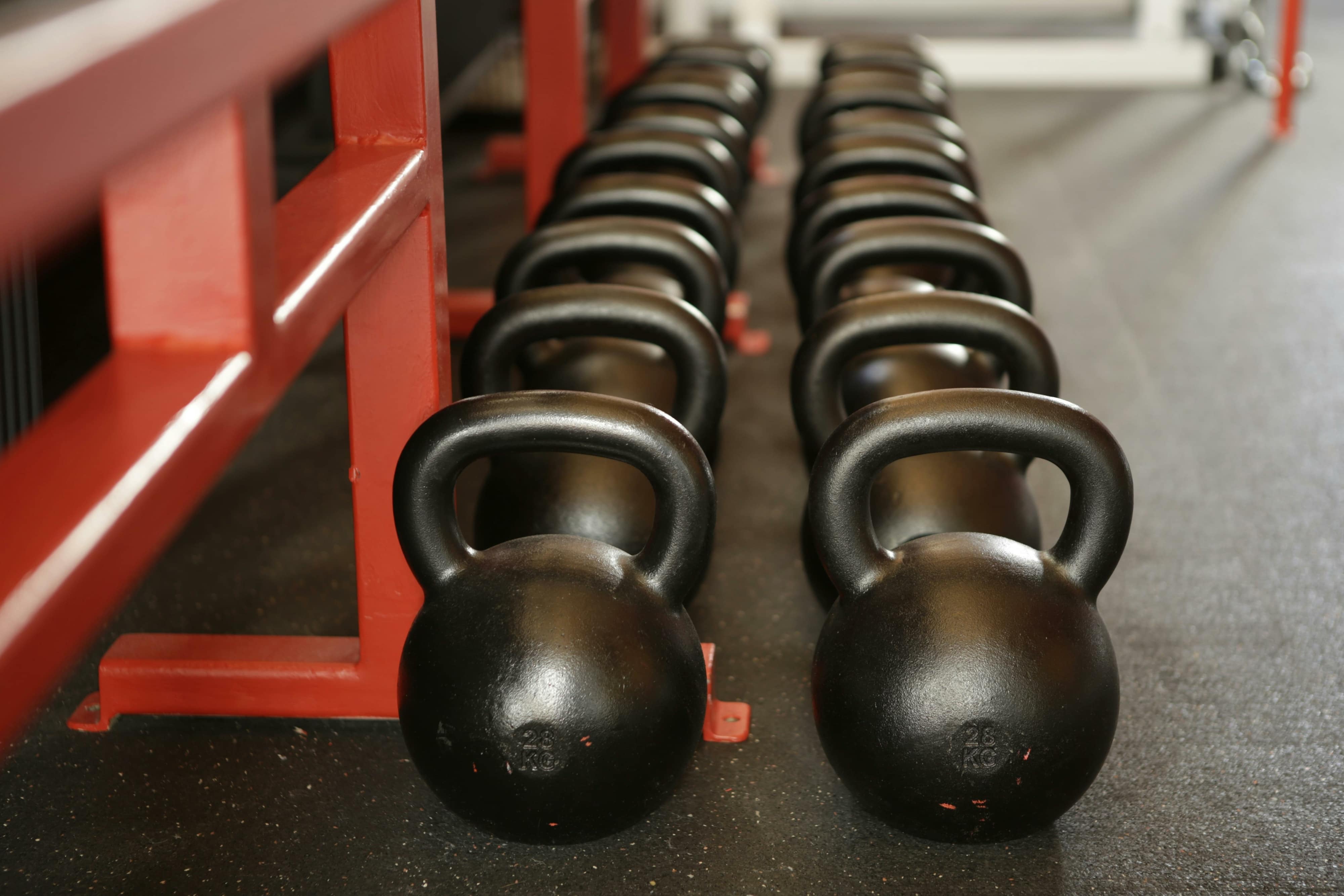What role has inactivity played in the obesity epidemic and how much should we be exercising?
Right now, almost two-thirds of Americans are overweight, and by 2030 more than half our population may be clinically obese. Childhood obesity has tripled, and most of them will grow up to be overweight as well. The United States may be in the midst of raising the first generation, since our nation’s founding, that will have a shorter predicted life span than that of the previous generation.
So, that being said, what is the role of exercise in the treatment of obesity?
There is considerable debate in the medical literature today about whether physical activity has any role whatsoever in the epidemic of obesity that has swept the globe since the 1980s. The increase in calories per person is more than sufficient to explain the U.S. epidemic of obesity. In fact, if anything, the level of physical activity over the last few decades has actually gone up in both Europe and North America.
This has important policy implications. Yes, we still need to exercise more, but the priorities for reversing the obesity epidemic should focus on the overconsumption of calories
{{cta(‘0da87957-461d-4dae-8be0-05fa338aa1ab’,’justifycenter’)}}
To work off the increased calorie intake, which for kids is like an extra can of soda and small fries compared to what they were eating back in the 70s, and for adults about an extra big mac. To walk that off, we’d have to walk 2 hours a day, seven days a week. So exercise can prevent weight gain, but the amount required to prevent weight gain may be closer to twice the current recommendations.
Public health advocates have been experimenting with including this kind of information. The fast food menu labeled with calories and the number of miles to walk to burn those calories appeared the most effective in influencing the selection of lower calorie meals.
Now exercise alone may have a small effect, and that small effect can make a big difference on a population scale. A 1% decrease in BMI nationwide might prevent millions of cases of diabetes and heart disease and thousands of cases of cancer.
But why don’t we lose more weight from exercise? It may be because we’re just not doing it enough. The small magnitude of weight loss observed from the majority of exercise interventions may be primarily due to low doses of prescribed exercise. People tend to overestimate how many calories are burned by physical activity. For example, there’s this myth that a bout of sexual activity burns a few hundred calories, so hey, you could get a side of fries with that.
But if you actually hook people up and measure energy expenditure during the act, and your study subjects don’t get too tangled up with all the wires and hoses, though it may be nearly the metabolic equivalent of calisthenics, given that the average bout of sexual activity only lasts about 6 minutes, a young man might expend approximately 21 calories during sexual intercourse. Of course, he would have spent roughly one third of that just lying around watching TV, so the incremental benefit is plausibly on the order of 14 calories.
So maybe you could have one fry with that.
Author: Dr. Michael Greger, MD
Sources Cited
K. R. Westerterp, J. R. Speakman. Physical activity energy expenditure has not declined since the 1980s and matches energy expenditures of wild mammals. Int J Obes (Lond). 2008 32(8):1256 – 1263.
Y. C. Wang, K. McPherson, T. Marsh, S. L. Gortmaker, M. Brown. Health and economic burden of the projected obesity trends in the USA and the UK. Lancet. 2011 378(9793):815 – 825.
J. G. Bohlen, J. P. Held, M. O. Sanderson, R. P. Patterson. Heart rate, rate-pressure product, and oxygen uptake during four sexual activities. Arch Intern Med. 1984 144(9):1745.
J. O. Hill, H. R. Wyatt, J. C. Peters. Energy balance and obesity. Circulation. 2012 126(1):126 – 132.
D. M. Thomas, C. Bouchard, T. Church, C. Slentz, W. E. Kraus, L. M. Redman, C. K. Martin, A. M. Silva, M. Vossen, K. Westerterp, S. B. Heymsfield. Why do individuals not lose more weight from an exercise intervention at a defined dose? An energy balance analysis. Obes Rev. 2012 13(10):835 – 847.
K. Casazza, K. R. Fontaine, A. Astrup, L. L. Birch, A. W. Brown, M. M. B. Brown, N. Durant, G. Dutton, E. M. Foster, S. B. Heymsfield, K. McIver, T. Mehta, N. Menachemi, P. K. Newby, R. Pate, B. J. Rolls, B. Sen, D. L. Smith Jr, D. M. Thomas, D. B. Allison. Myths, presumptions, and facts about obesity. N Engl J Med. 2013 368(5):446 – 454.
S. Dowray, J. J. Swartz, D. Braxton, A. J. Viera. Potential effect of physical activity based menu labels on the calorie content of selected fast food meals. Appetite. 2013 62:173 – 181.
E. R. Laskowski. The role of exercise in the treatment of obesity. Platinum Met. Rev. 2012 4(11):840 – 844.
B. Swinburn, G. Sacks, E. Ravussin. Increased food energy supply is more than sufficient to explain the US epidemic of obesity. Am. J. Clin. Nutr. 2009 90(6):1453 – 1456.
L. Dwyer-Lindgren, G. Freedman, R. E. Engell, T. D. Fleming, S. S. Lim, C. J. Murray, A. H. Mokdad. Prevalence of physical activity and obesity in US counties, 2001-2011: A road map for action. Popul Health Metr. 2013 11(1):7.
B. Neal. Fat chance for physical activity. Popul Health Metr. 2013 11(1):9.
Michele Simon. 2013. Clowning Around With Charity: How McDonald’s Exploits Philanthropy and Targets Children. Eat Drink Politics.
{{cta(‘e31b1793-085e-4b69-b9cb-e83795b06f58′,’justifycenter’)}}



